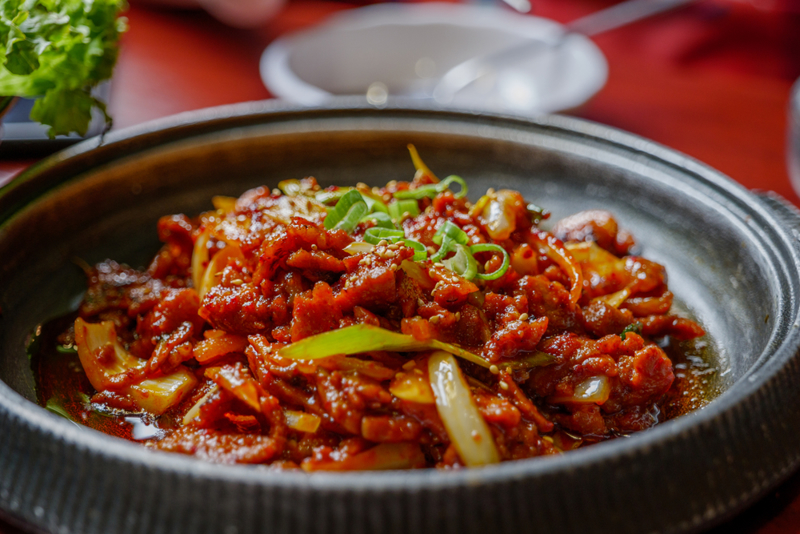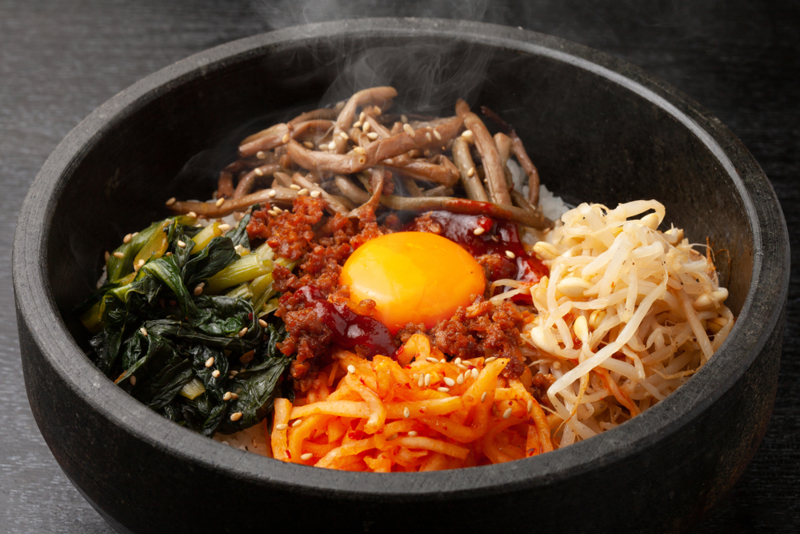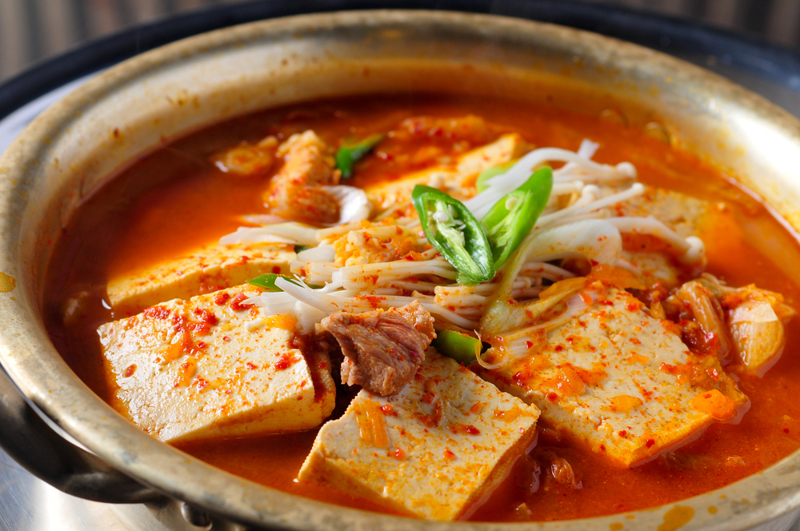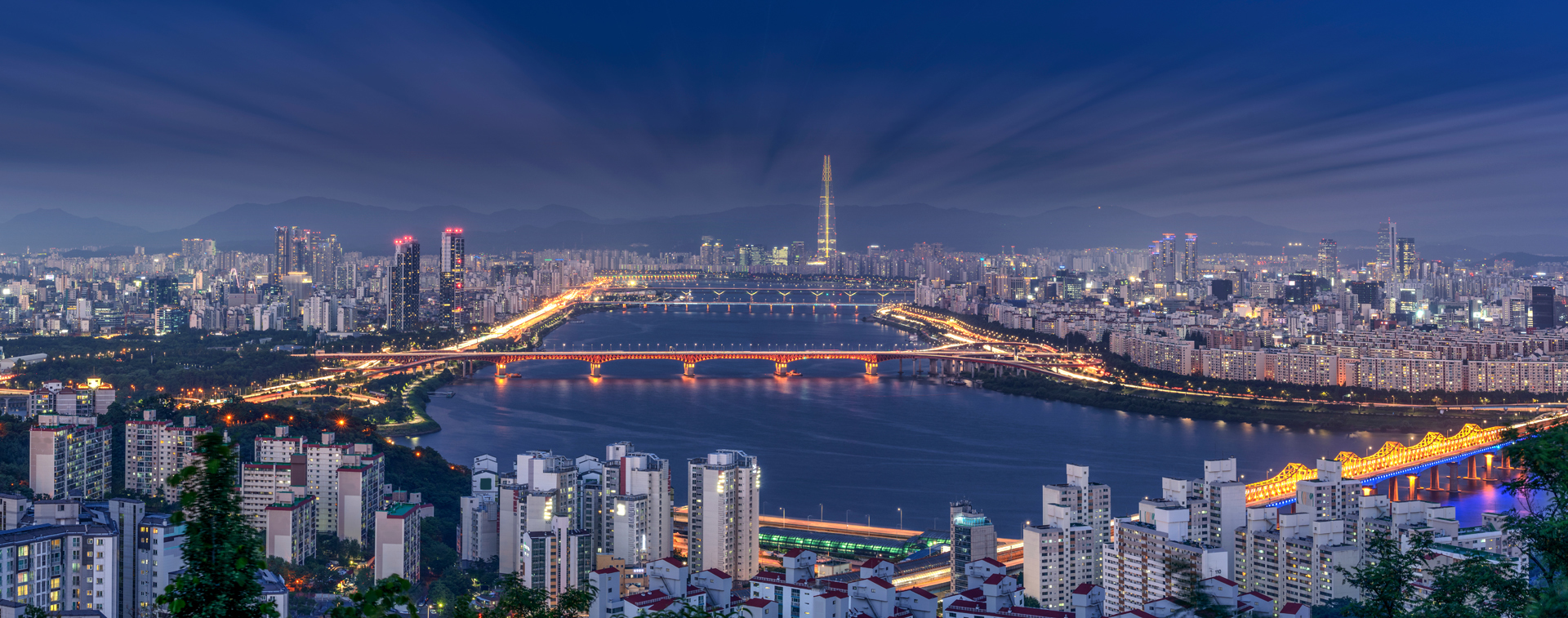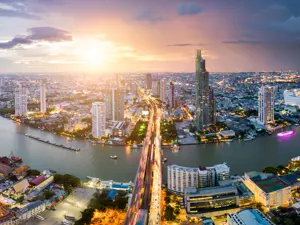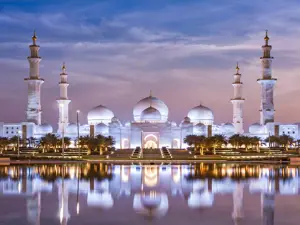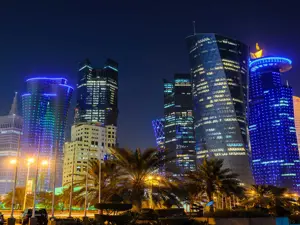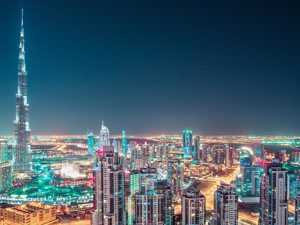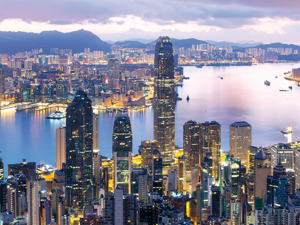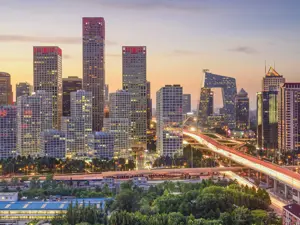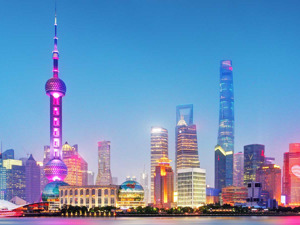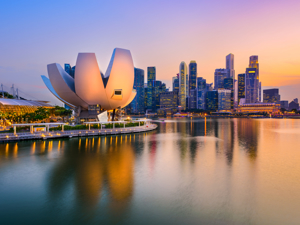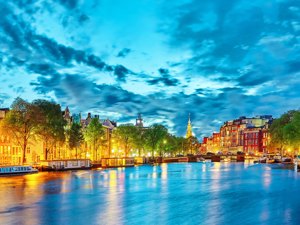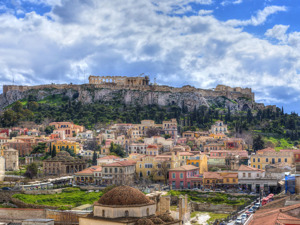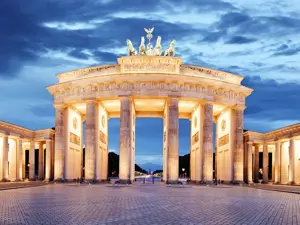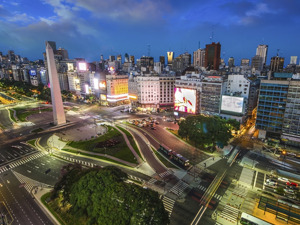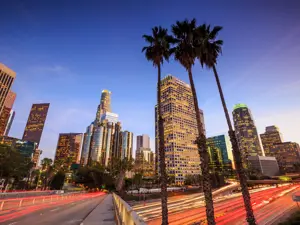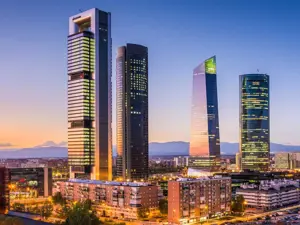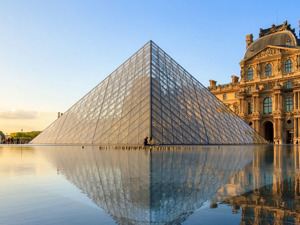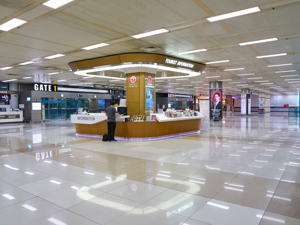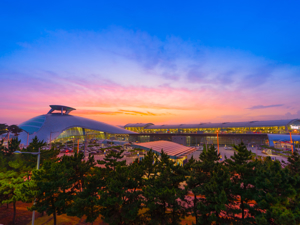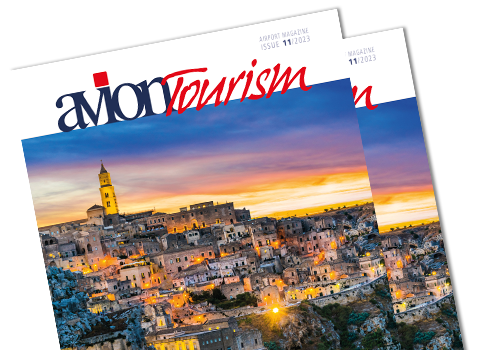The magical capital of South Korea, where technology and spirituality meet
At first sight Seoul may appear as the quintessence of the modern world, but almost immediately ancient traditions become apparent; traditions with their roots in Buddhism and Confucianism, as evidenced by the city’s spectacular temples. In this vast Korean metropolis, high rises and some of the Far East’s most fashionable shopping streets share space with picturesque old villages with their “Hanok“, the traditional houses of Korea.
Sitting on the banks of the Han River and in the past known as Hanyang, Seoul is enclosed within eighteen kilometres of fortress wall built under the Joseon dynasty, which is still well preserved 600 years after its construction. An industrious and dynamic energy pulsates within these walls, accompanied by an enjoyment of life.
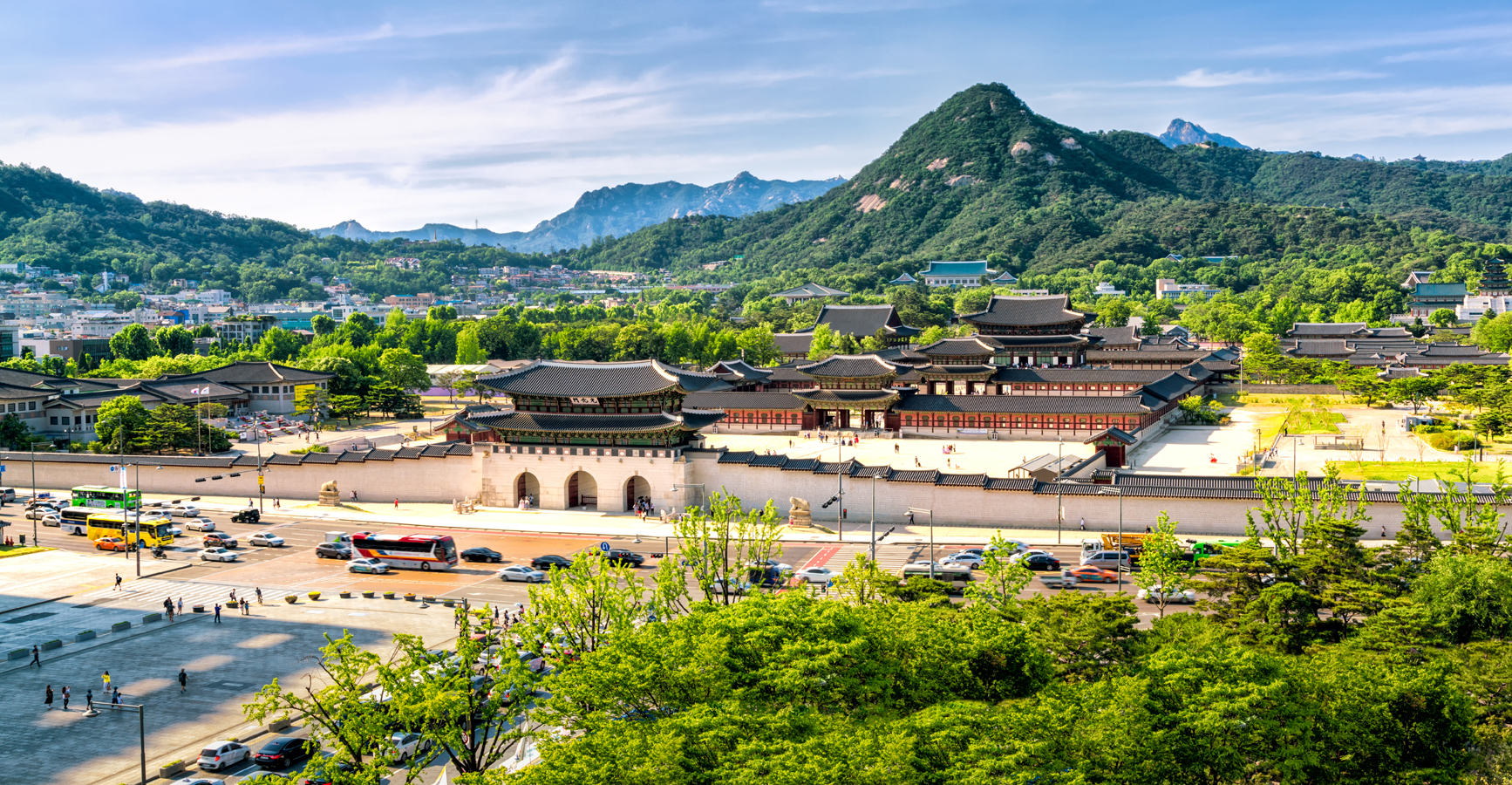
Gyeongbokgung Palace. Foto: © Sisterscom.com, Shutterstock
In fact, Seoul is universally known as “the happiest city in the world” not only for its flourishing businesses (known for this reason as the “miracle of the River Han“) but also for the pace of life of its citizens, the level of education and last, but not least, the high degree of safety due to the fact that crime is almost non-existent.
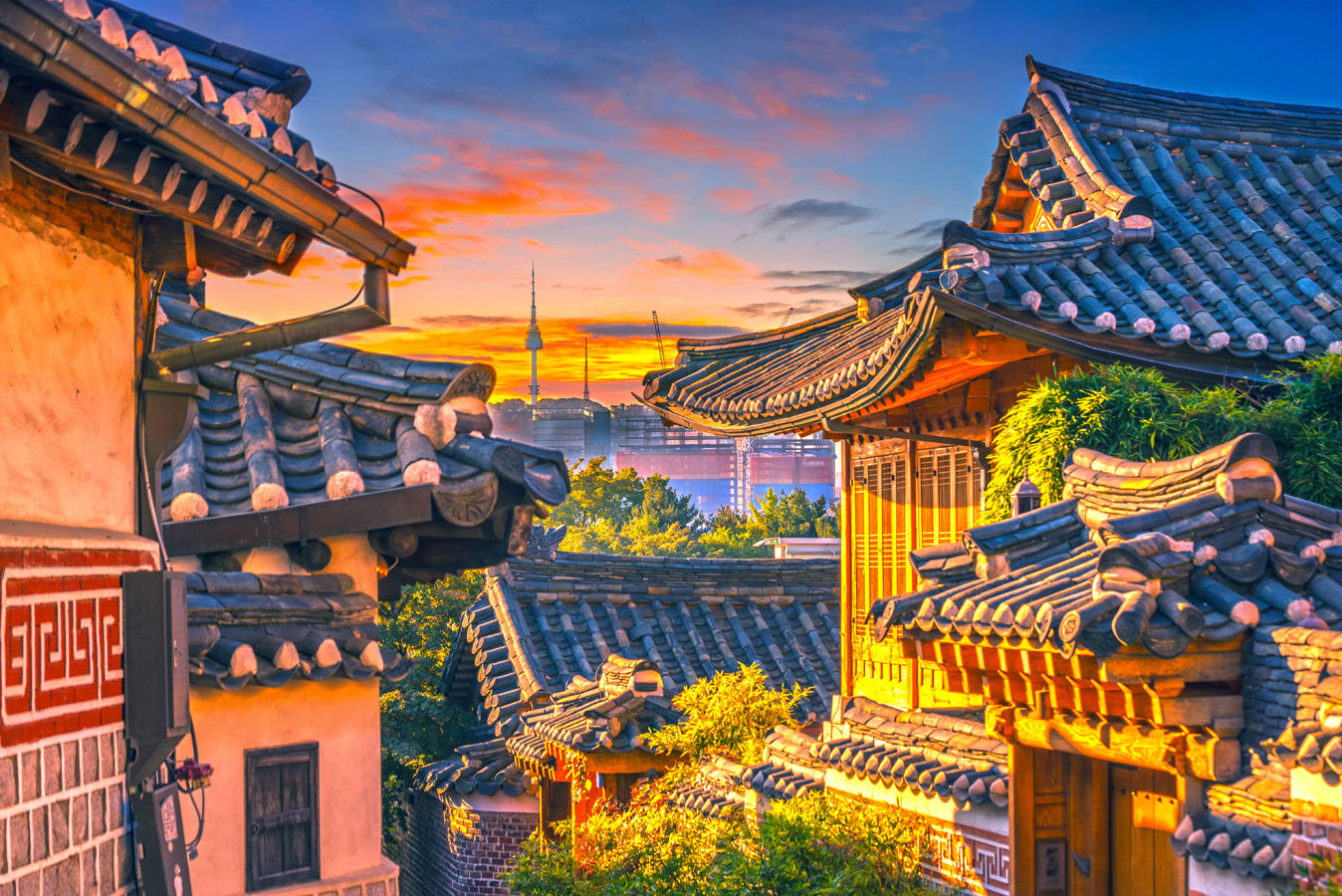
Bukchon Hanok Village, a cluster of traditional Hanok houses, is an open history book on the traditions and customs of Korea. It features various UNESCO buildings, such as the immense Changdeokgung Palace, one of the five large royal palaces built by the rulers of the Joseon dynasty of Seoul (the other palaces are: Gyeongbokgung, Gyeonghuigung, Deoksugung and Changgyeonggung), as well as the Jongmyo Shrine, one of the primary Confucian places of worship, dedicated to the perpetuation of memorial services for the deceased kings and queens of the much-loved and long-reigning Joseon Dynasty (1392-1910).
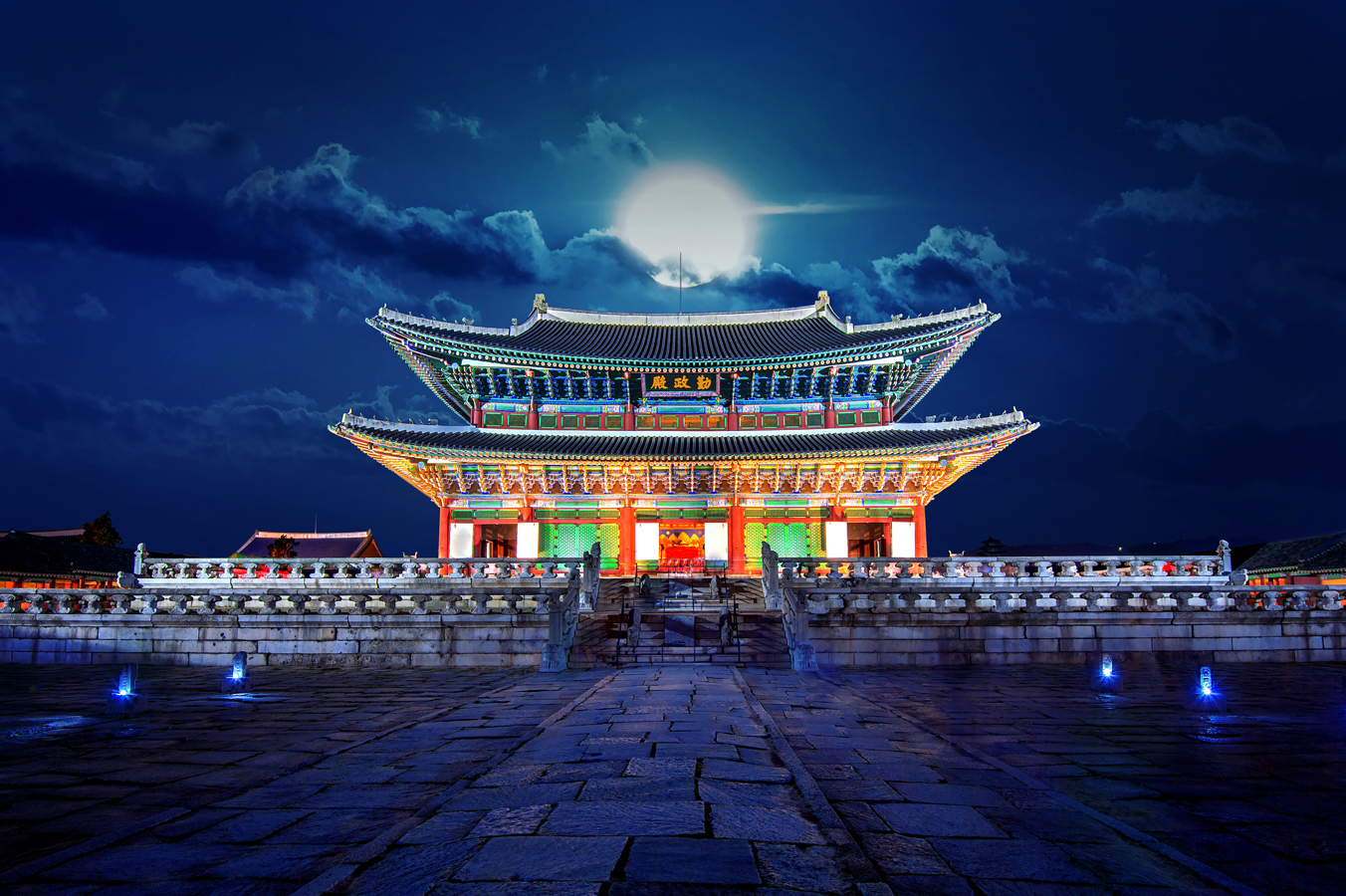
Seoul is a city of vivid colours, due in part to the lush vegetation of the numerous parks and the brightly coloured monuments, but also the many murals painted by street artists and people wearing hanbok, traditional dress, which can also be hired to walk around the city and truly get into the spirit or take memorable photos.
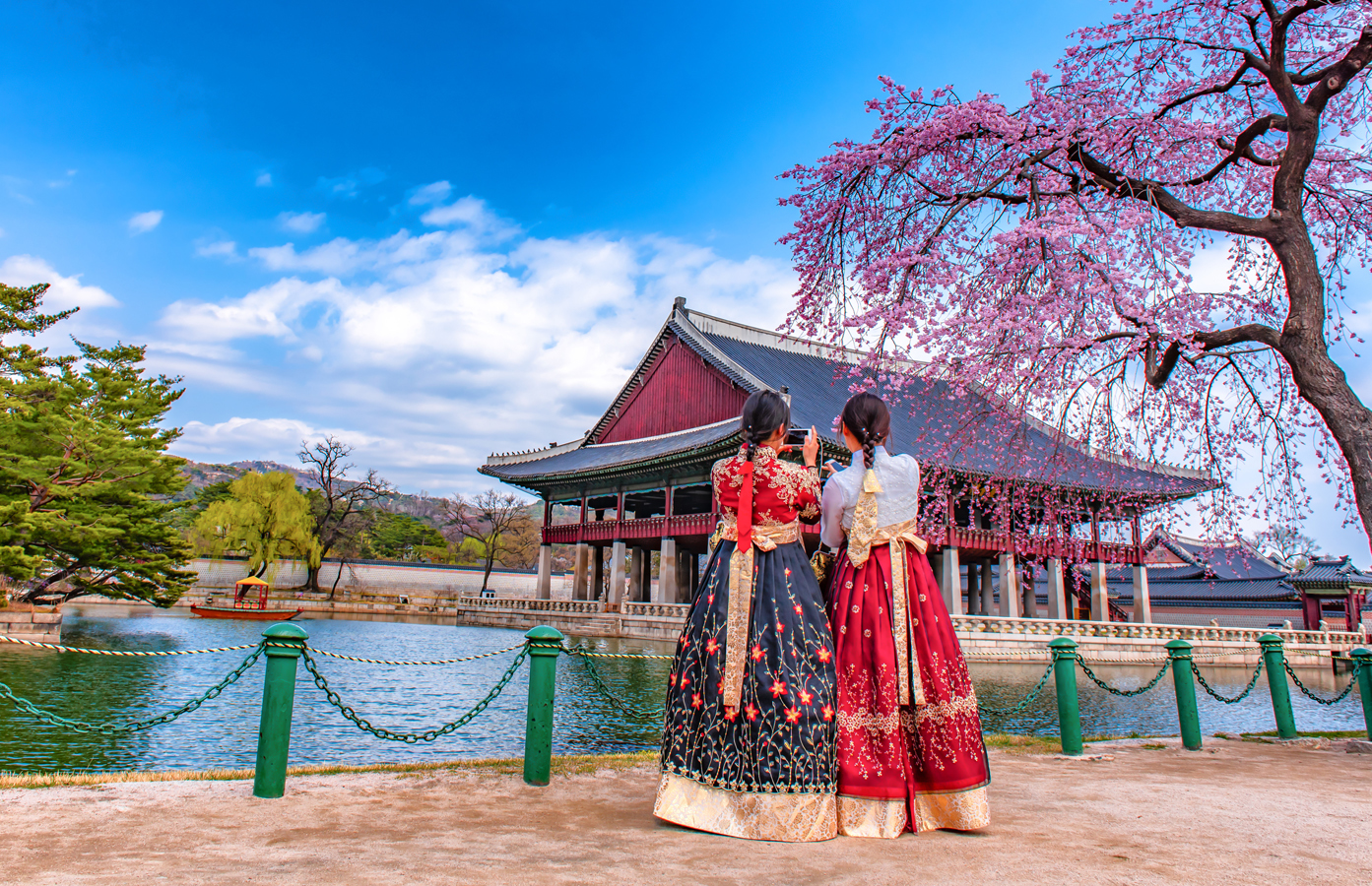
The Han River also provides photo opportunities and is a place to try water sports, while its banks are oases of wellbeing and fun. Not only along the river banks can you find interesting pedestrian areas but also in the Seoullo 7017 Skygarden, a new relaxation area for citizens and a wonderful elevated park with tens of thousands of plants where past, present and future come together.
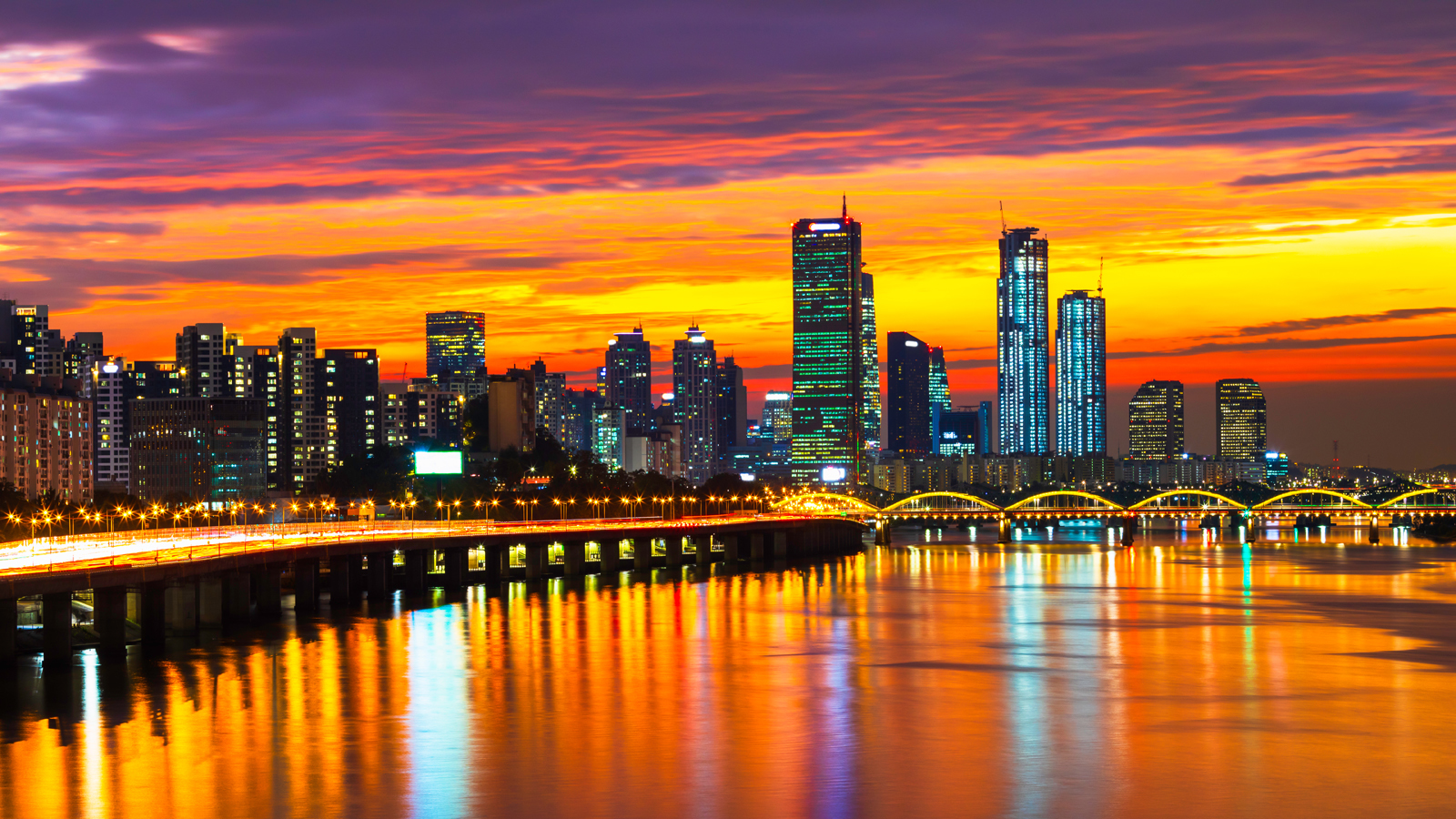
Seoul. Foto: © Sisterscom.com, Shutterstock
There are plenty of museums for discovering the past such as the Seoul History Museum and Art Museum as well as the interesting National Folk Museum, which illustrates the customs and traditions of ancient Korea, but also excellent wildlife attractions, right in the city centre, such as Namsan Mountain with its myriad of bird species, on which the Namsan Tower (a Seoul landmark) sits and from where you can enjoy a spectacular view of the city.
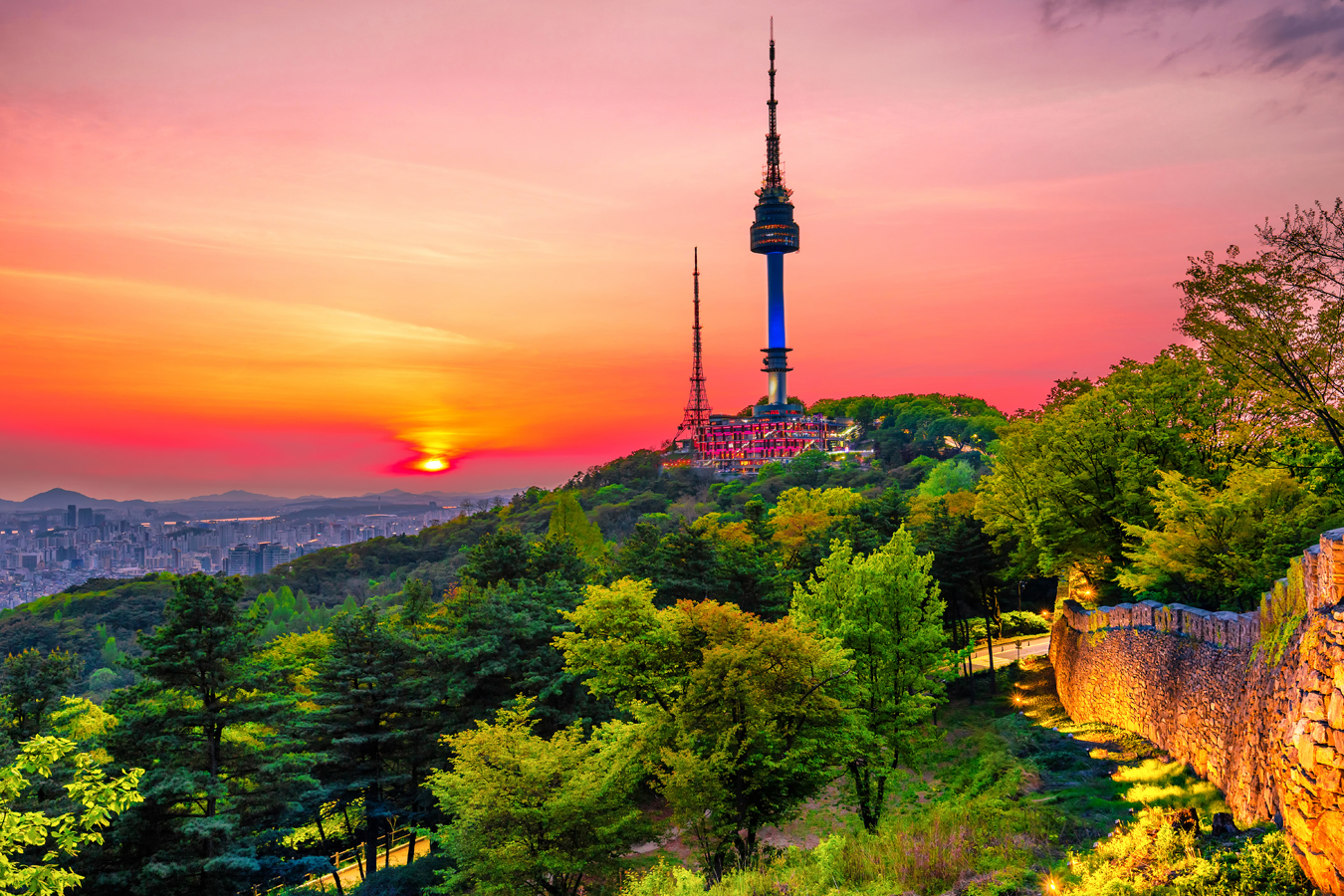
Seoul. Foto: © Sisterscom.com, Shutterstock
Descending the hill to the city, a place that must be visited is Korea House, a building where you can discover genuine Korean traditions, try food cooked according to recipes of imperial cuisine and watch traditional local dances and listen to music performed by quality artists.
Even the markets have a unique charm, such as Namdaemun Market, which displays an array of local items, including red ginseng, a local speciality, but also other highly prized products and innovative Korean-made cosmetics, which are extremely effective and which tourists can try in small spas or even out in the open.
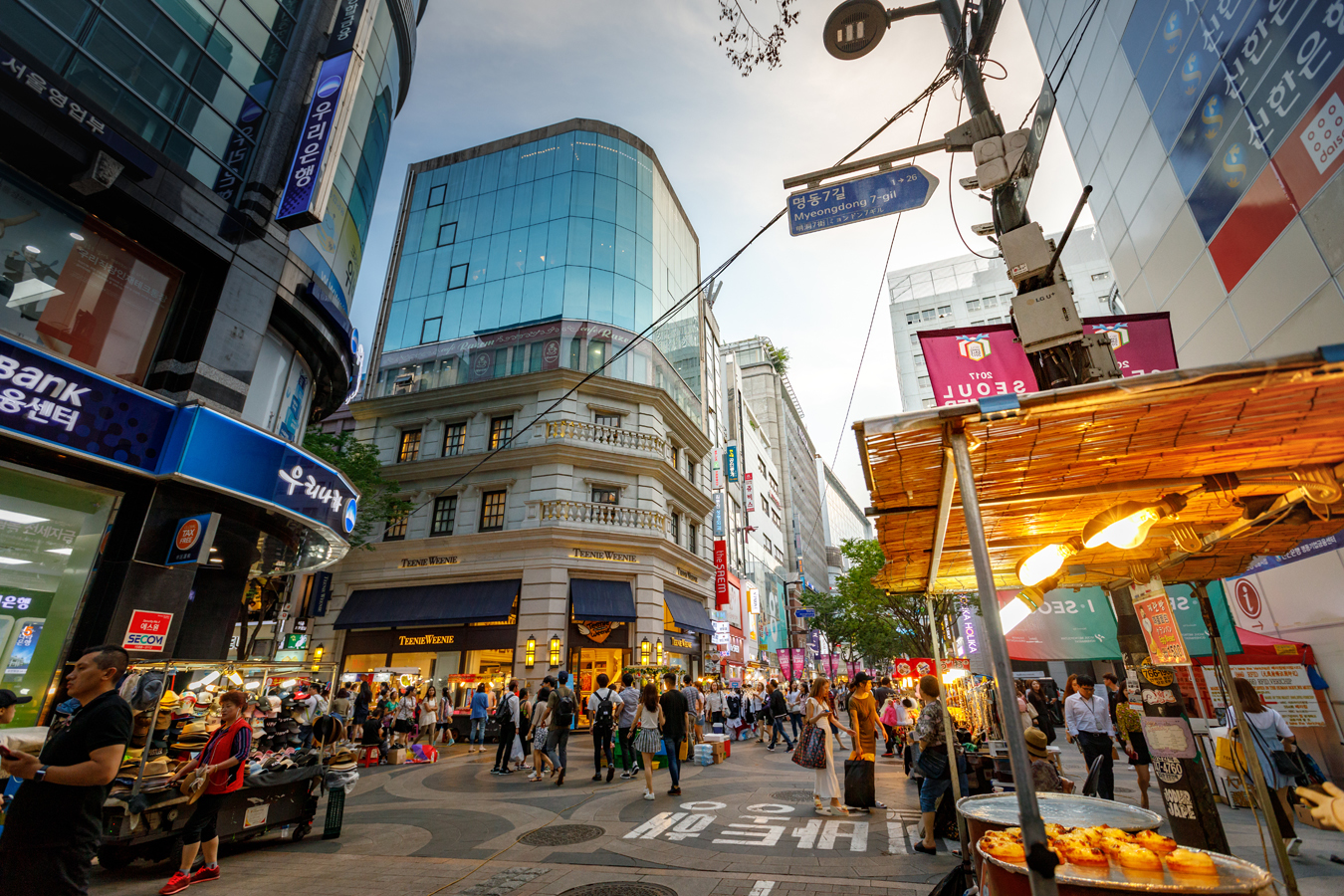
Seoul. Foto: © Sisterscom.com, Shutterstock
Myeongdong, Seoul’s most famous shopping street, is also another unforgettable experience. The stores and shopping centres here are open all night, as are the restaurants and bars, which offer local specialities with strongly spiced flavours such as Bibimbap, the well-known and healthy Korean dish made of rice with different vegetables and red pepper sauce, or Samgyetang, pieces of chicken mixed with rice and flavoured with garlic, ginseng and jojoba, and Chimaek, a street food dish made of fried chicken, which is accompanied by beer.
Text by Anna Glik
Avion Tourism Magazine
Photos: © Sisterscom.com, Shutterstock
All rights reserved. Copyright © Sisterscom.com
Partnership with Booking.com
Where to sleep in Seoul
Seoul is a welcoming city and offers different possibilities for accommodation.
To find the ideal hotel and the best offers you can do a search for the stars but also for districts or landmarks.
STARS
Hotels for stars, differentiated by type of services:
LANDMARKS
Hotel in tourist areas
LANDMARKS
Hotel in tourist areas
AIRPORTS
Hotels near the airports
WHERE TO GO in seoul
Monuments of Seoul
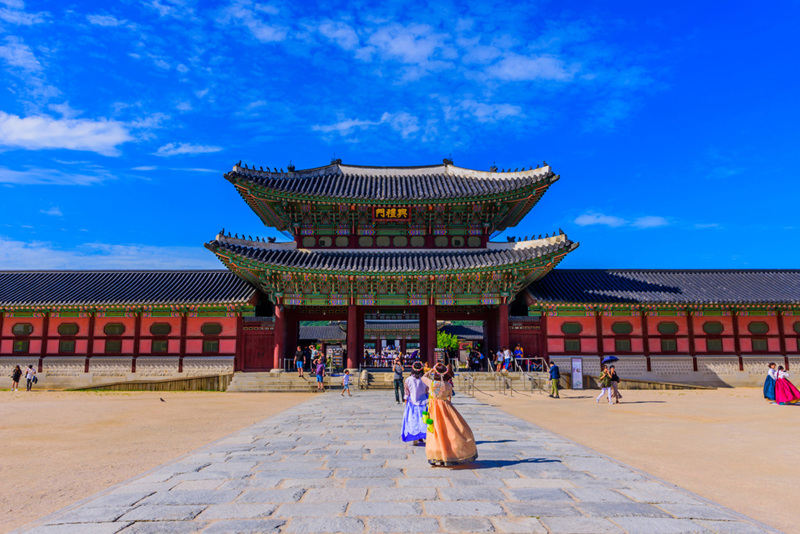
Foto: © Sisterscom.com, Shutterstock
GYEONGBOKGUNG (GYEONGBOK PALACE)
Gyeongbokgung (Gyeongbok Palace) was the first royal palace built by the Joseon dynasty over 600 years ago, three years after the foundation of the dynasty in 1395. It was built by King Taejo, the first king and founder of the Joseon dynasty, and is the largest of the five royal palaces (the others are Changgyeonggung, Deoksugung, Changdeokgung, Gyeonghuigung). Two buildings have been designated as National Treasures of Korea and are extremely beautiful: Geunjeongjeon, an imperial throne hall, and Gyeonghoeru, a royal banquet hall.
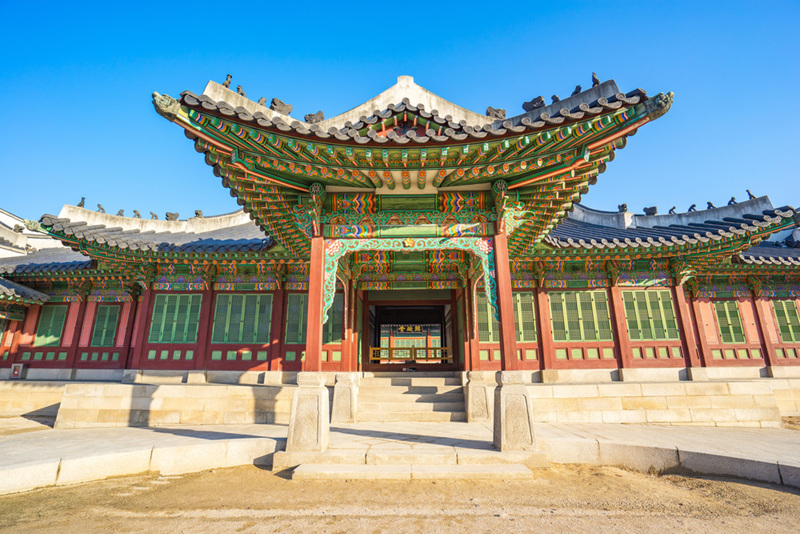
Foto: © Sisterscom.com, Shutterstock
CHANGDEOKGUNG (CHANGDEOK PALACE)
Changdeokgung (Changdeok Palace) is the second grand palace of the Joseon Dynasty, built in 1405 by King Taejong (the 3rd king of the Joseon Dynasty). Changdeokgung is connected to Changgyeonggung (Changgyeong Palace). In 1592, the main palace, Gyeongbokgung, was completely destroyed by fire during the Japanese Invasion of Korea and Changdeokgung became the home of the Joseon court for 270 years. It was restored to its previous state in 1991 and still retains many of its original features. The palace's rear garden, Huwon, is considered an excellent example of Korean garden design. In 1997, the palace and garden were added to UNESCO’s list of World Heritage buildings.
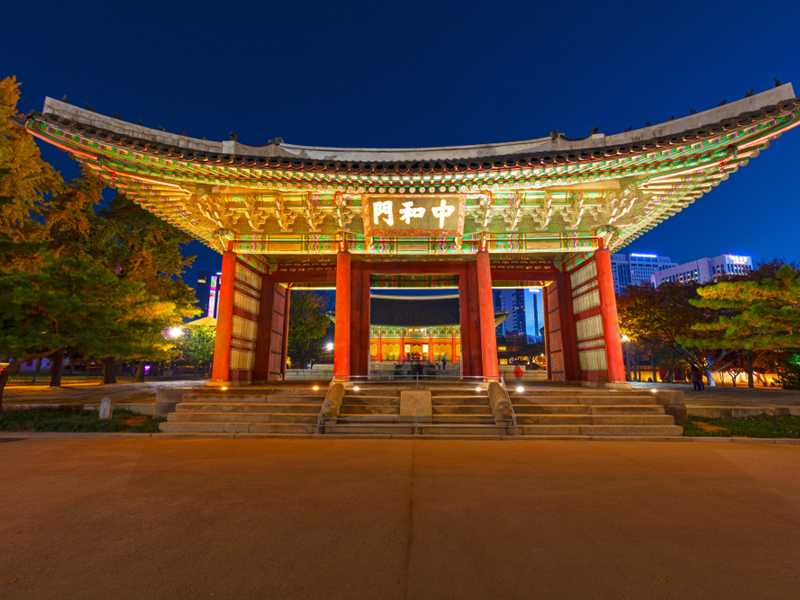
Foto: © Sisterscom.com, Shutterstock
DEOKSUGUNG (DEOKSU PALACE)
Deoksugung (Deoksu Palace) is located near Jeong-dong, a neighborhood home to some of Seoul's best architecture dating back to the late 19th and early 20th centuries. The royal palace was enlarged in 1897 by King Gojong (the 26th king of the Joseon dynasty) and is the only Korean building to have a fountain and a Western-style garden, mixing modern elements with medieval architecture. Opposite the Palace, Daehanmun performs unchanged the centuries-old ceremony of changing the royal guard which is one of the main popular attractions of Seoul.
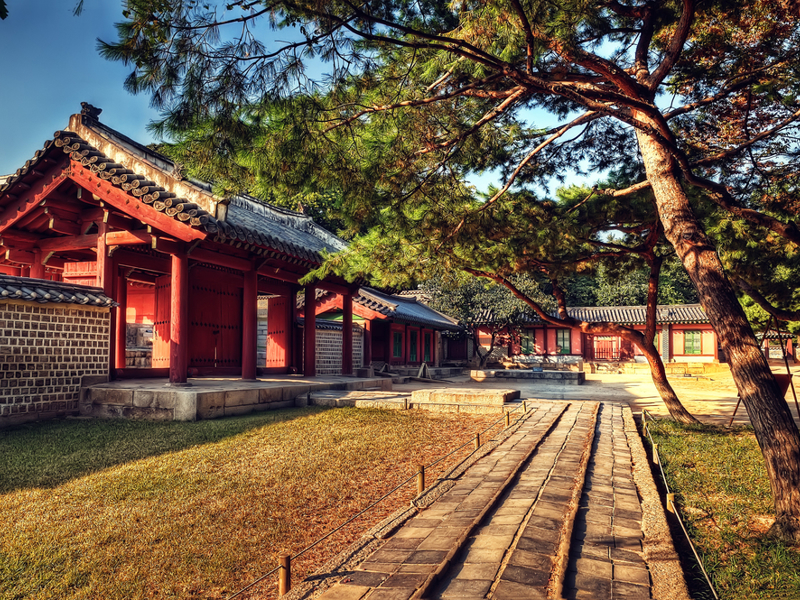
Foto: © Sisterscom.com, Shutterstock
JONGMYO SHRINE
Jongmyo is a Joseon dynasty shrine with a solemn and sacred atmosphere and the site where royal ancestral tablets were enshrined. The simple buildings of this shrine have faithfully kept their original forms since the 16th century. Jongmyo is composed of Jeongjeon (the main hall), Yeongnyeongjeon (the hall of eternal peace) and auxiliary buildings. The main hall, with its wooden structure measuring 109 metres, is an example of traditional Korean architecture. Jongmyo is a UNESCO World Heritage Site together with Jongmyo Jerye (the royal ancestral ritual) and Jongmyo Jeryeak (the court music performed during the ritual).
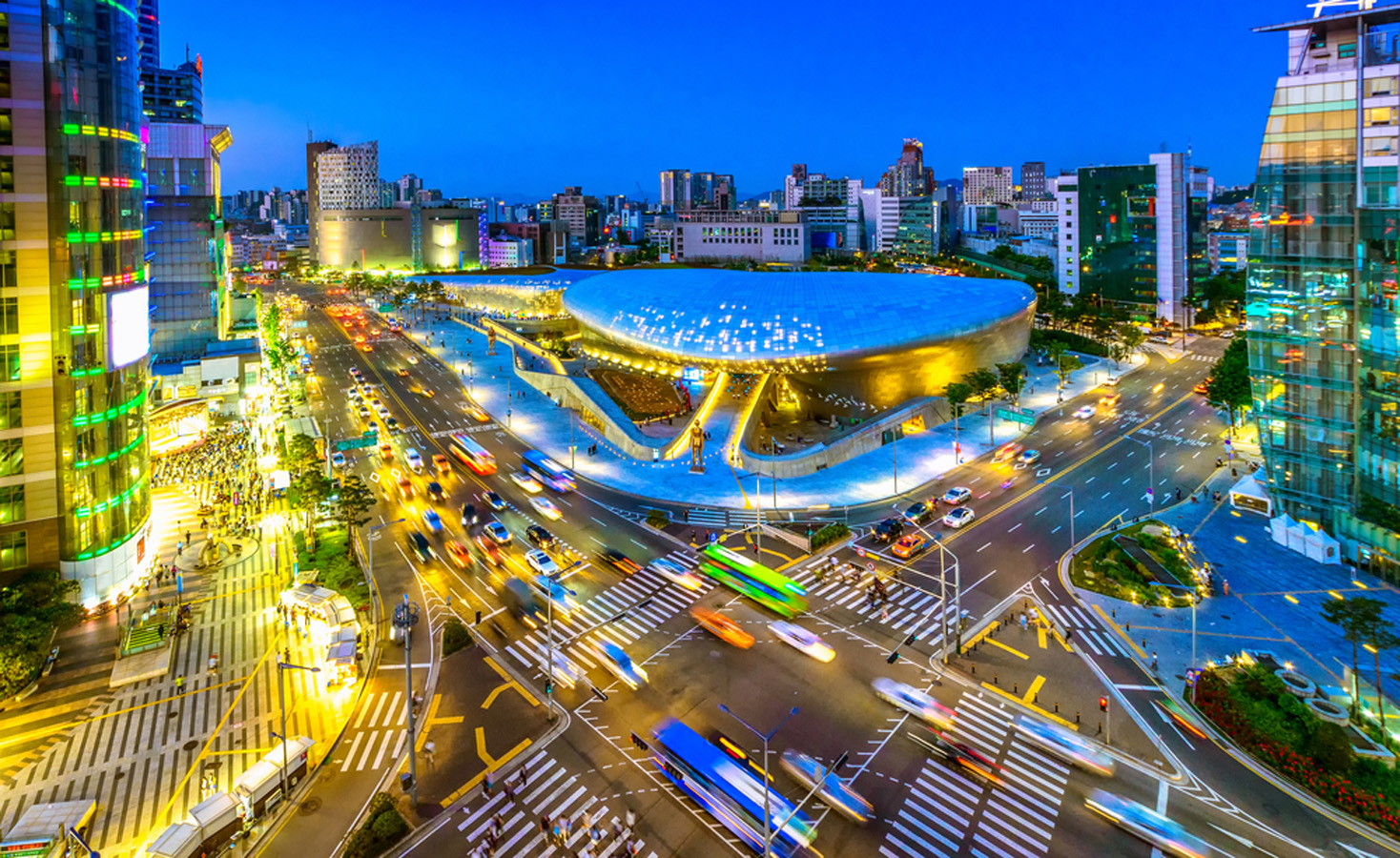
Foto: © Sisterscom.com, Shutterstock
DONGDAEMUN DESIGN PLAZA
Dongdaemun Design Plaza is the newest and most iconic landmark of Korean design. Situated in the centre of Dongdaemun, it serves as a venue for exhibitions, shows, concerts, conferences on design, trade fairs, fashion shows and other events. Designed by the architect Zaha Hadid, it is made up of five halls: Art Hall, Museum of design and the latest Korean trends, Design Lab, Design Market and Dongdaemun History and Culture Park, the newest park in Seoul which extends right into the Dongdaemun Design Plaza.
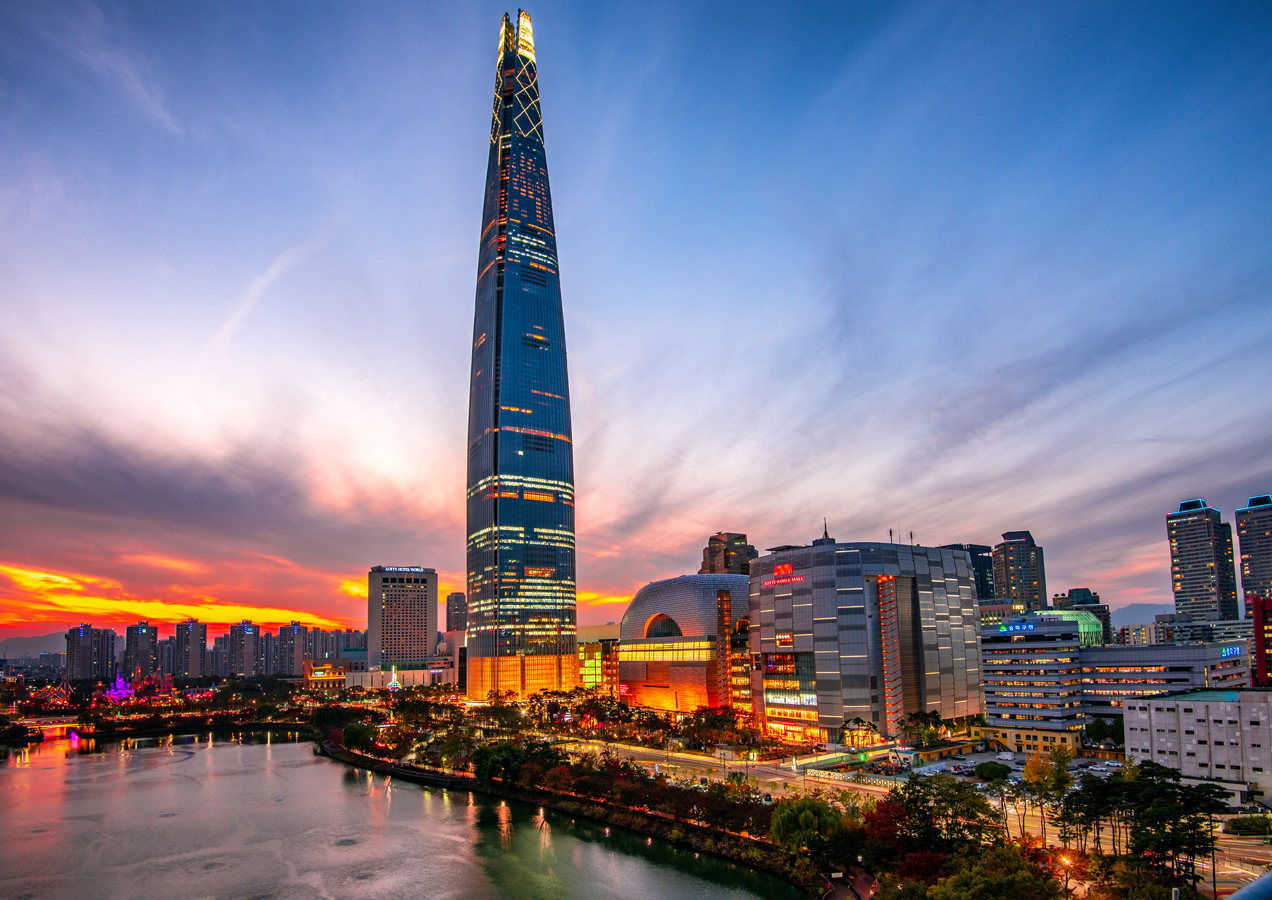
Foto: © Sisterscom.com, Shutterstock
LOTTE WORLD TOWER
The Lotte World Tower is one of Seoul's architectural jewels. 555 meters high, it hosts Seoul Sky, Korea's highest observation deck. In the tower there is also the Signiel Seoul, a luxury hotel, and also the Podium, a space with a health center, a fitness area and a financial center. At Lotte World Mall you can also shop in Korea's largest urban duty-free shop thanks to Lotte Duty Free. The Lotte World Tower also includes the Avenuel shopping center, an urban aquarium, a classical music room and the largest Asian multiplex.
EXPERIENCES ON THE LOTTE WORD TOWER
Museums of Seoul
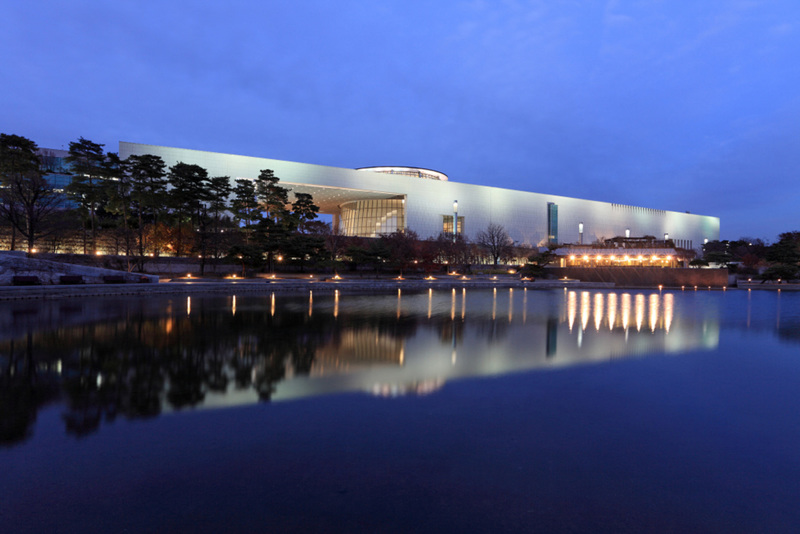
Foto: © Sisterscom.com, Shutterstock
NATIONAL MUSEUM OF KOREA
The National Museum of Korea is the best known and largest in Korea. In the museum visitors can discover Korean history and culture through various experiences, events and exhibitions. The permanent collection offers an historic journey across thousands of years, exhibiting artefacts that range from simple Palaeolithic axes, through art from the period of the Three Kingdoms or Goryeo dynasty, to the masterful paintings of the Joseon dynasty. More than 12,000 pieces are exhibited, including treasures of Korea, such as the Pensive Bodhisattva, Goryeo Celadon Openwork Burner, Ten-Story Pagoda of the temple of Gyeongcheonsa and a Gold Crown from Silla. In addition, the enchanting museum garden is the perfect place for a pleasant stroll.
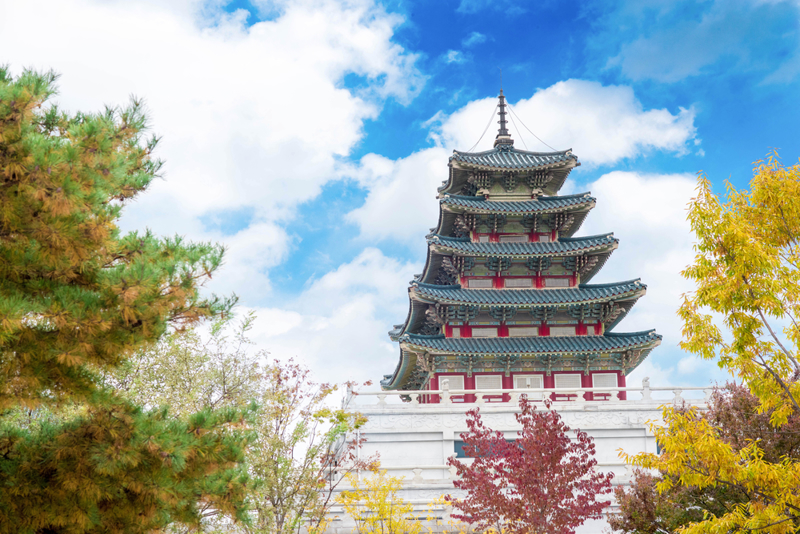
Foto: © Sisterscom.com, Shutterstock
NATIONAL FOLK MUSEUM OF KOREA
Located inside the Gyeongbokgung imperial palace, the National Folk Museum of Korea is on three floors and is an interesting and rich museum that tells, through historical objects, costumes and musical instruments, the whole life of the past of which the inhabitants of Seoul are proud, with the history of Korea (from Prehistory to the extinction of the Joseon dynasty). The pagoda style of the museum is typical of Korean architecture.
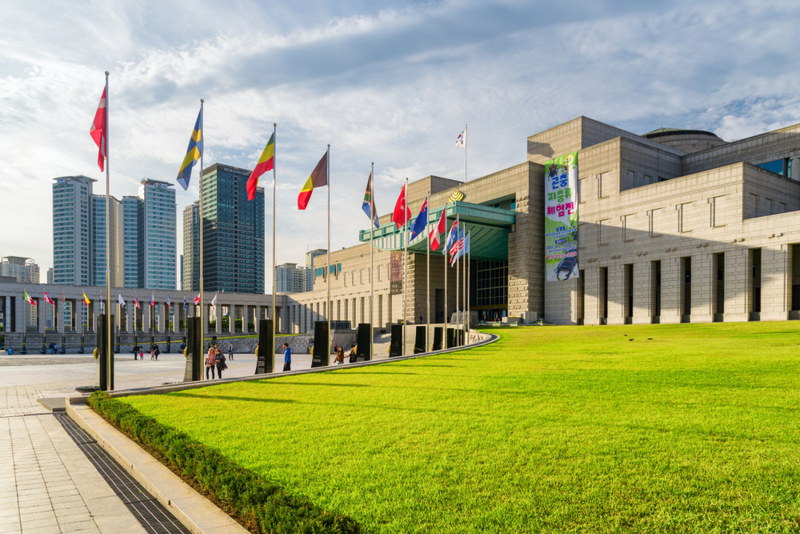
Foto: © Sisterscom.com, Shutterstock
KOREAN WAR MEMORIAL
The Korean War Memorial (1950-1953) is a must to learn the military history of Korea until today that is a modern and industrialized country. Here are bronze monuments made for soldiers and heroes, also tanks, submarines, cannons, everything that represents the military history of this still divided country, with more than 10,000 objects and memorabilia. A persuasive invitation to peace is represented by the statues of two soldiers: two brothers hugging each other, one from North Korea and the other from South.
Partnership with GetYourGuide
Tours and excursions at Seoul
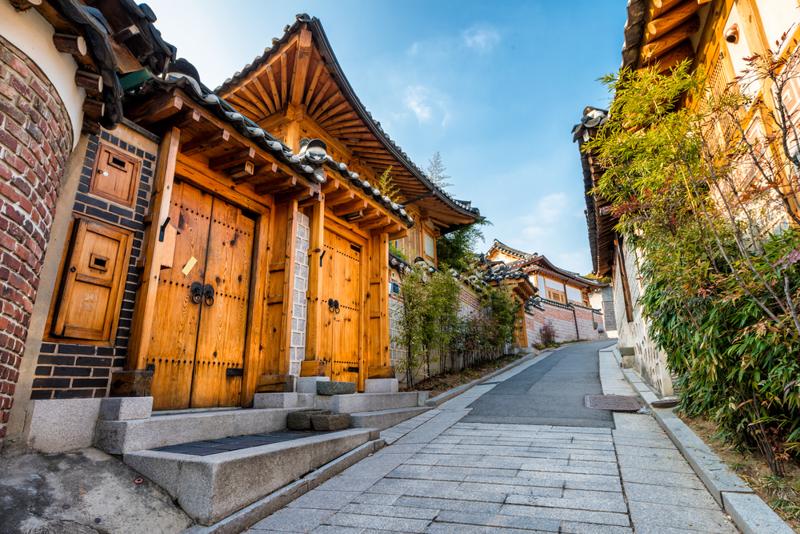
Foto: © Sisterscom.com, Shutterstock
BUKCHON HANOK VILLAGE
Bukchon Hanok Village is a picturesque village of hundreds of hanok, the traditional Korean houses. It is a traditional village that represents over 600 years of Korean history and where officials of the imperial family lived. The village of Bukchon Hanok is an important area for culture and art, with several museums, craft shops and historical monuments. Frequent shows about the life of the Koreans of the past and suggestive photos can be taken.
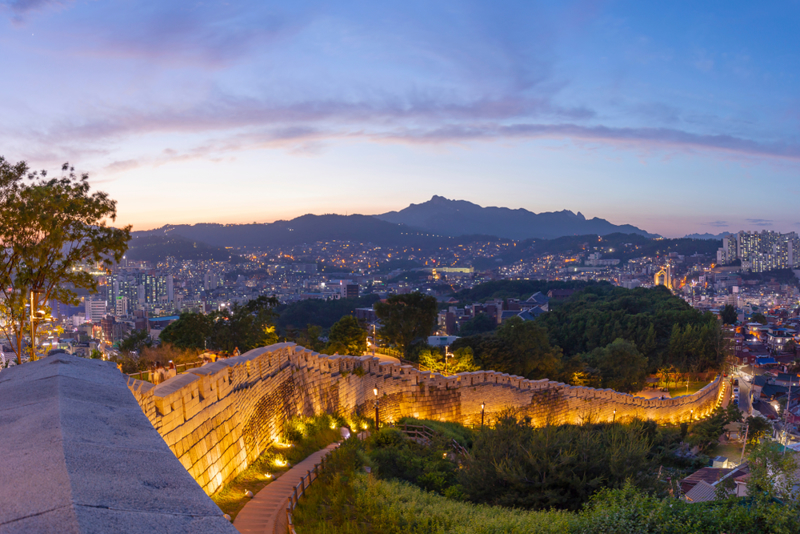
Foto: © Sisterscom.com, Shutterstock
NAKSAN CITY WALL
They are the panoramic walls of the city of Seoul, 18.2 km long and built during the Joseon dynasty. They extend from the Dongdaemun Gate to Mount Naksan with a beautiful park and an observatory. The walls start from the Heunginjimun Gate, built by King Taejo in 1398 and named as Korea's National Treasure, and also known as Dongdaemun Gate (Great East Gate), as it was the main eastern gate of Seoul's walls erected to protect the city during the Joseon dynasty.
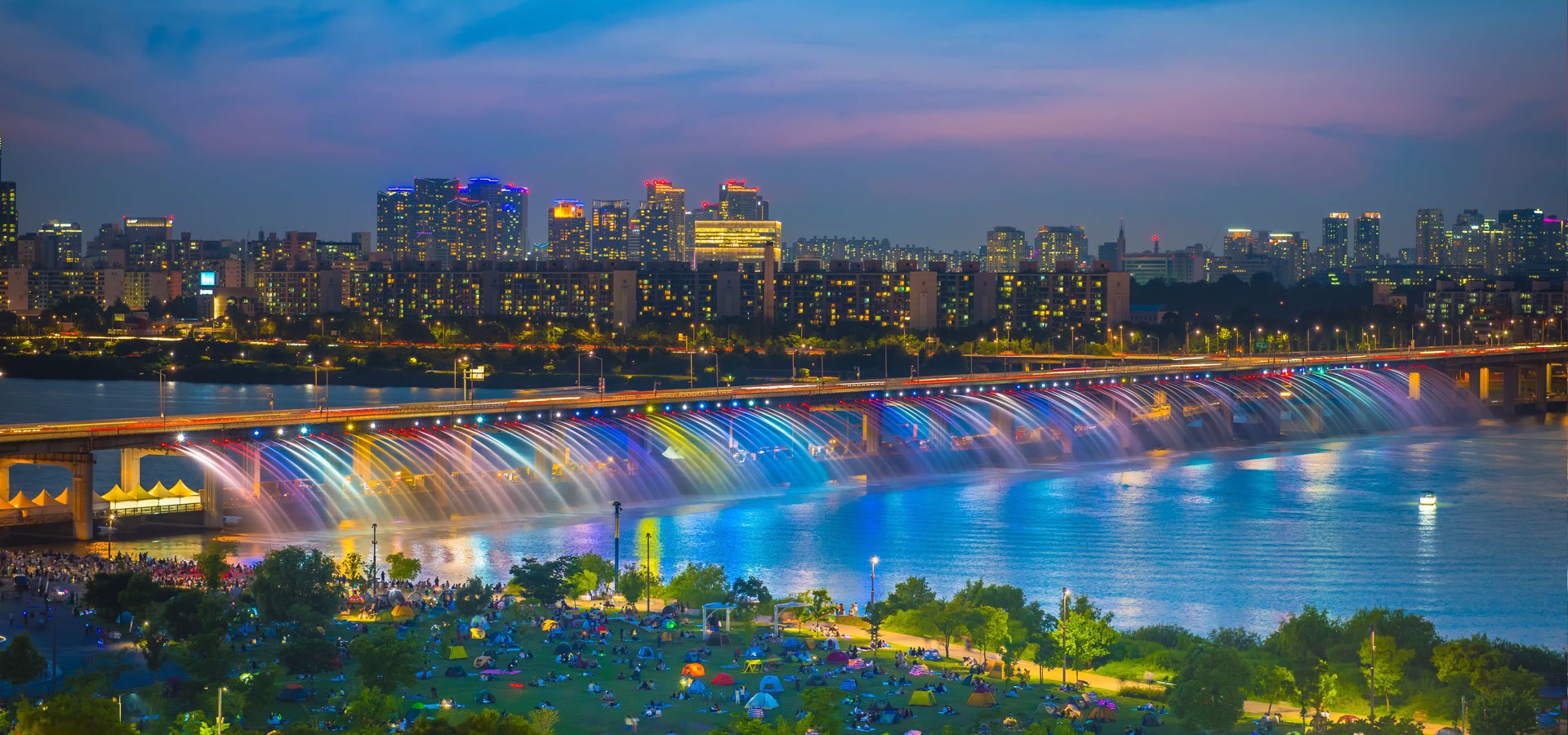
Foto: © Sisterscom.com, Shutterstock
HANGANG RIVER
Walking or cycling the spaces along the Hangang River, surrounded by parks like the Ttukseom Hangang Park and the Yeouido Saetgang Ecological Park, means knowing the habits of the inhabitants who gather here to have lunch or play sports. The fish market is picturesque along the banks of the river. Also motorboat river itineraries are worth trying, as well as water sports, including jet skiing.
EXPERIENCES ON THE HANGANG RIVER
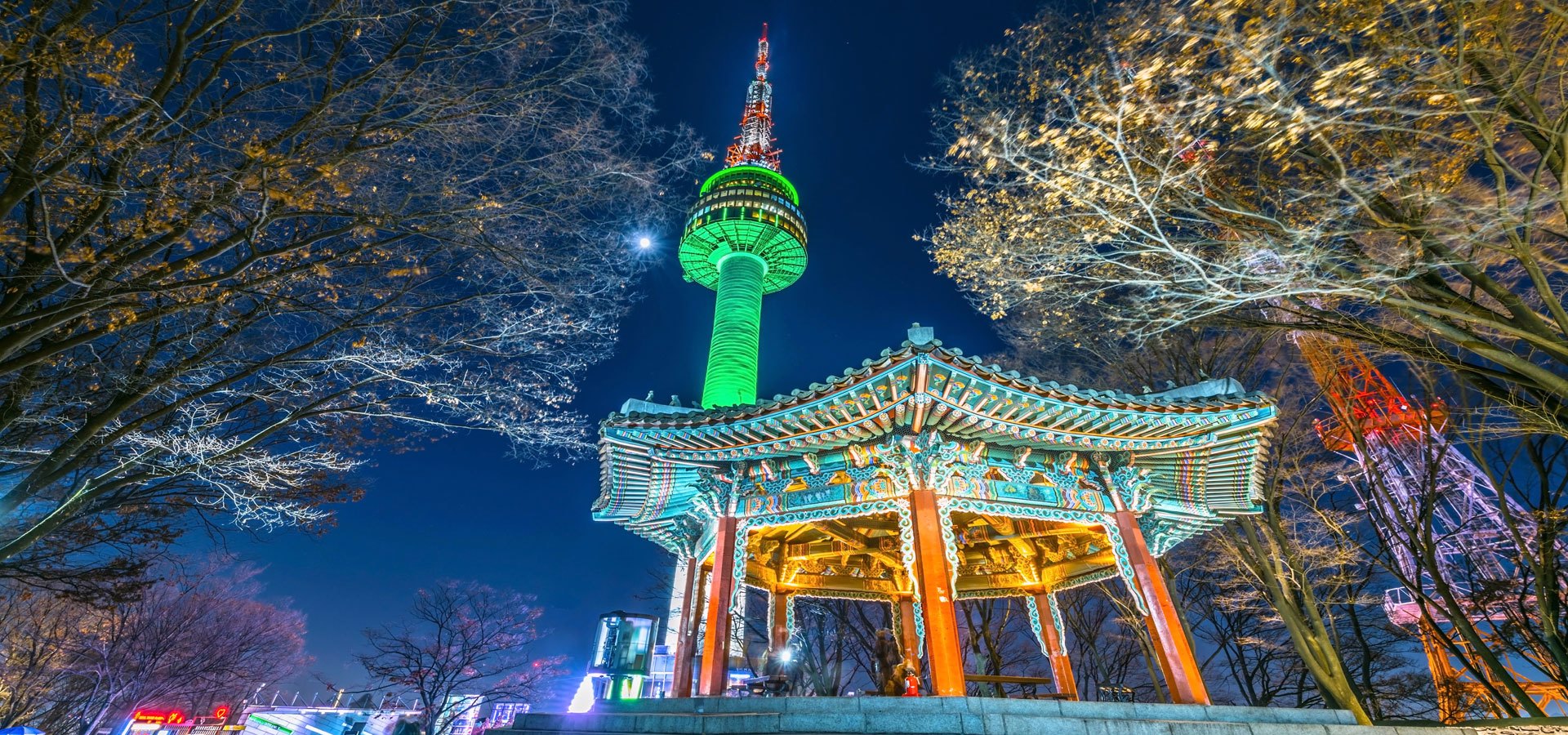
Foto: © Sisterscom.com, Shutterstock
SEOUL TOWER
Built in 1969, the tower quickly became a city landmark. Located on top on Namsan Mountain, this obelisk-type transmission tower of 236 metres tall is spectacularly lit at night and has a restaurant at the top, a terrace and digital observatory, which recounts Seoul’s 600 years of history. The tower is visited by lovers from all over the world, who leave a padlock with their names on an internal wall - now covered with hundreds of these romantic symbols - to represent their eternal love.
EXPERIENCES ON THE SEOUL TOWER
News & Useful info
Shopping
You might be interested in
Destinations found in the vicinity
Other destinations
Airports nearby Seoul

